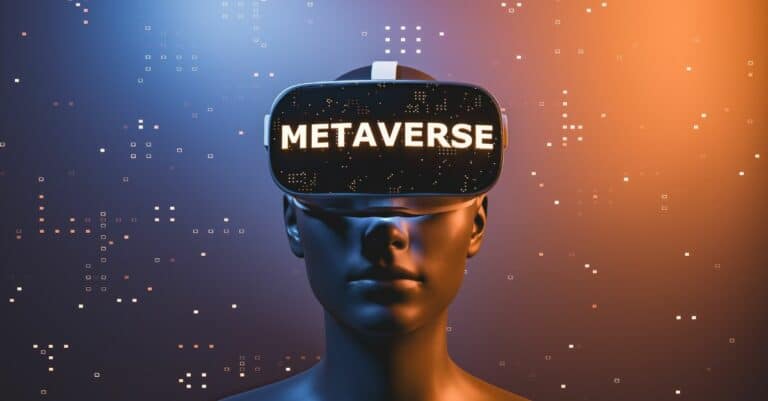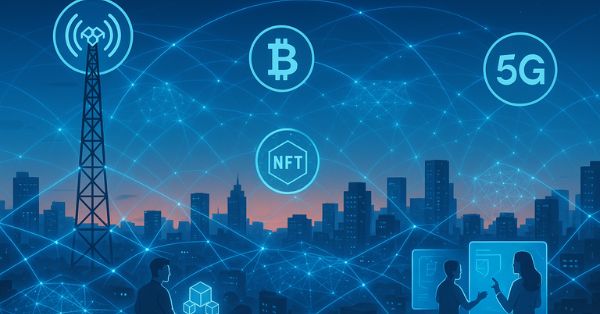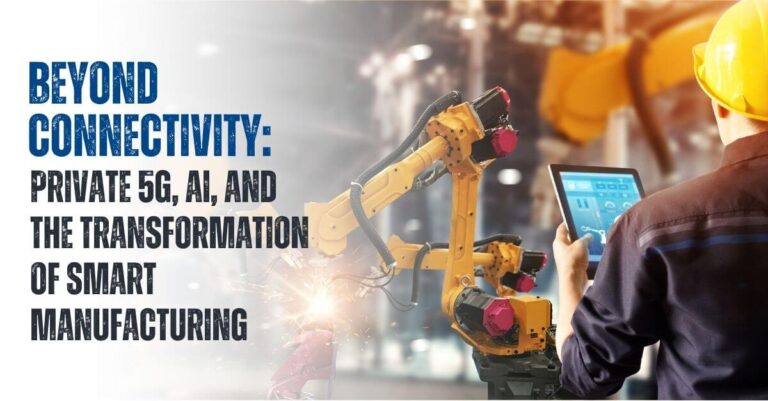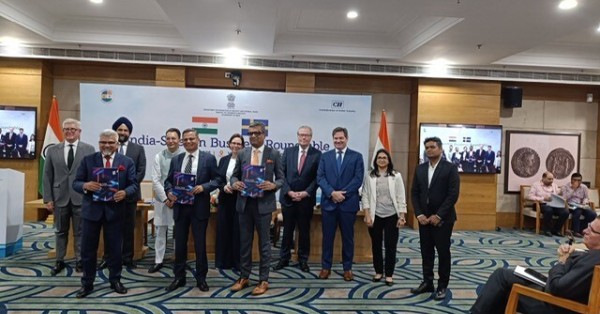The term Metaverse was coined by Neal Stephenson in his 1992 science fiction novel Snow Crash. In the novel, the Metaverse is an expansive virtual realm where people can interact with each other in a simulated environment. Since then, many have explored ways to bring this concept to life — most notably, virtual reality (VR) and augmented reality (AR).
The Metaverse began taking shape in the mid-1990s when researchers and video game developers began exploring virtual worlds and augmented reality (AR) ideas. The first Metaverse-like experience was launched in 1994, called WorldsAway. This early Metaverse allowed users to create their avatars, visit different regions, chat with others, and even buy virtual items while experiencing a 3D environment.
Since then, the Metaverse has evolved rapidly. With the rise of AR and VR technologies, Metaverse experiences have become even more immersive and interactive. Today, Metaverse platforms are used for various applications such as entertainment, education, or socializing with friends. We can expect Metaverse to continue evolving in the near future. With companies like Microsoft developing the HoloLens AR headset and Oculus creating powerful virtual reality headsets, the capabilities of Metaverse are only going to increase. We may soon see Metaverse technology integrated into everyday life—allowing us to interact with virtual objects in our physical environment and enabling new forms of communication and collaboration.
The Metaverse is an exciting concept that has been brought to life through modern technology. As Metaverse technology continues to evolve, we are beginning to see its potential applications beyond entertainment and socializing. For instance, Metaverse could be used in education—allowing students from different countries to take virtual field trips or attend lectures from professors located halfway around the world. Businesses may also use Metaverse for collaborative work, giving their teams a shared virtual workspace where they can work together on projects in real-time.
The possibilities with Metaverse technology are virtually endless. As the Metaverse continues to grow, it will be exciting to see what new applications and experiences emerge. For example, we may soon see Metaverse technology used in healthcare, retail, tourism, and other industries that could benefit from its capabilities. Although Metaverse is still in its early stages of development, it has already come a long way since its conception in 1994. With advances in AR and VR technology driving Metaverse forward, we can expect to see even more growth and innovation over the years ahead.
Today’s Metaverse may be a glimpse of what is yet to come. Moving forward, it will be fascinating to see how developers use Metaverse technology to create new and innovative experiences. We can expect Metaverse to become an integral part of our lives in the years to come, allowing us to experience and explore the world around us like never before.







































